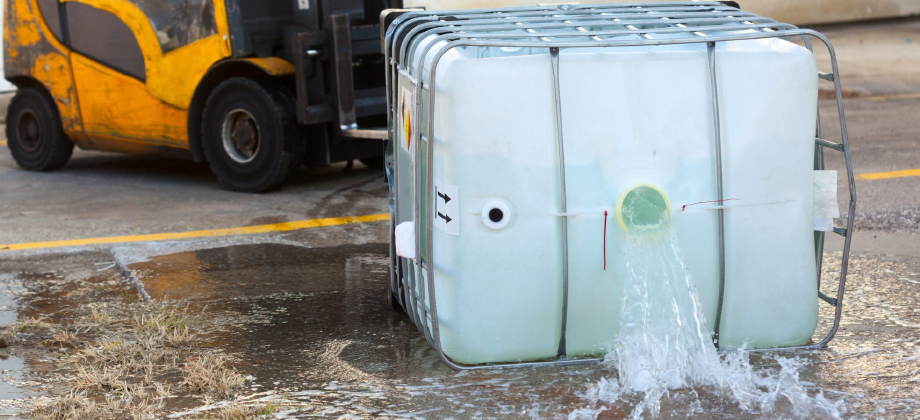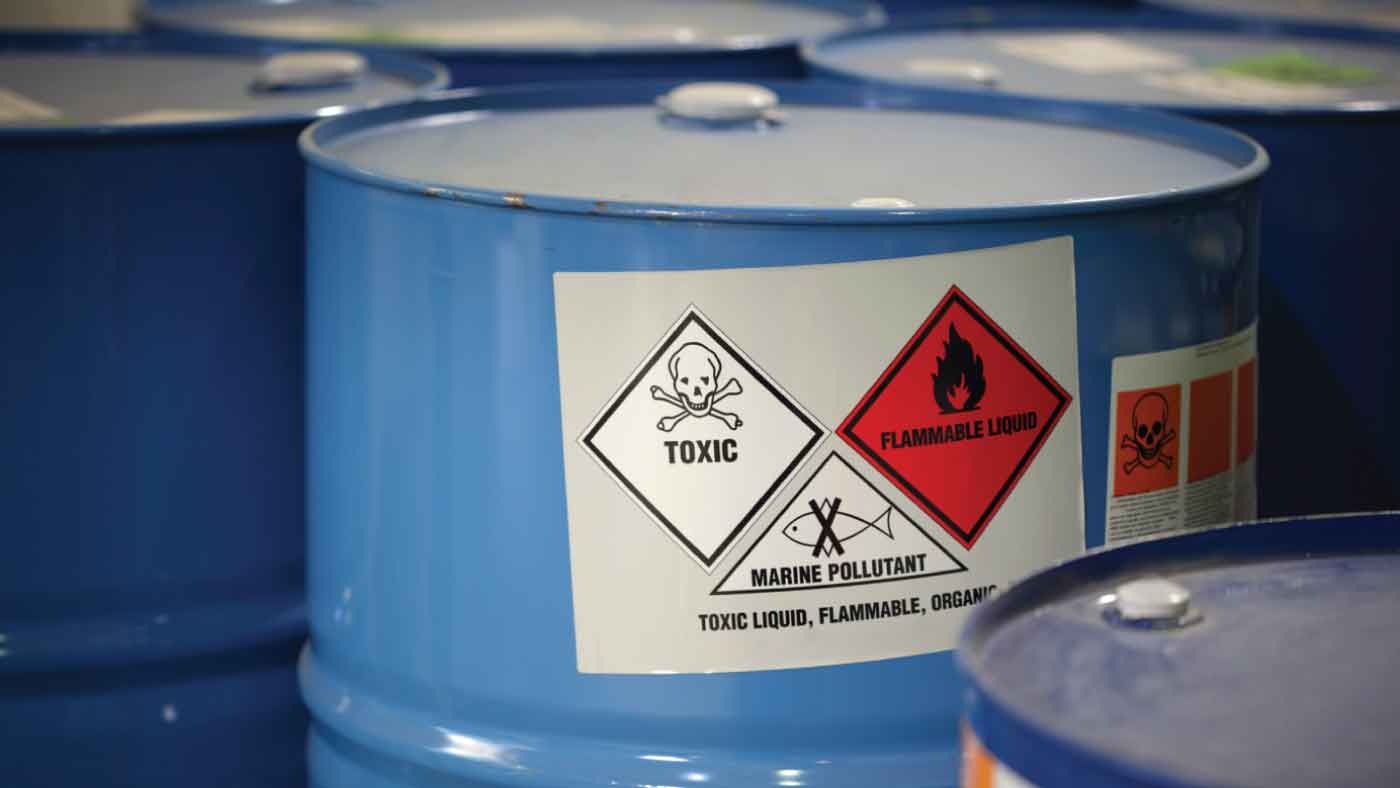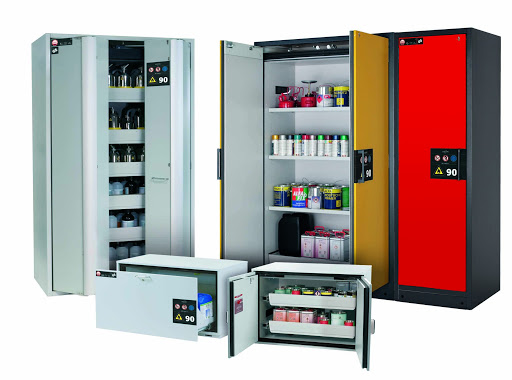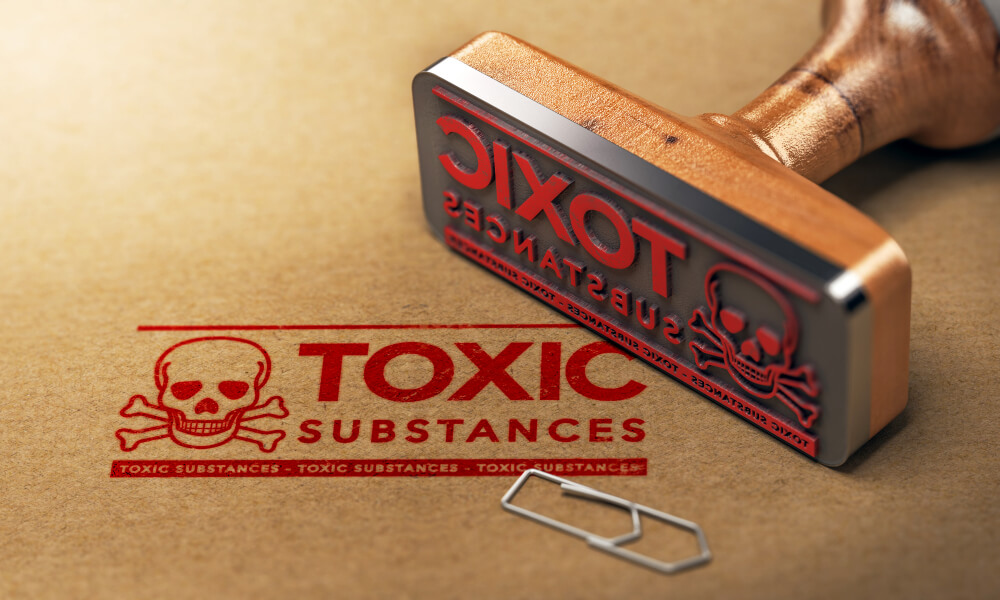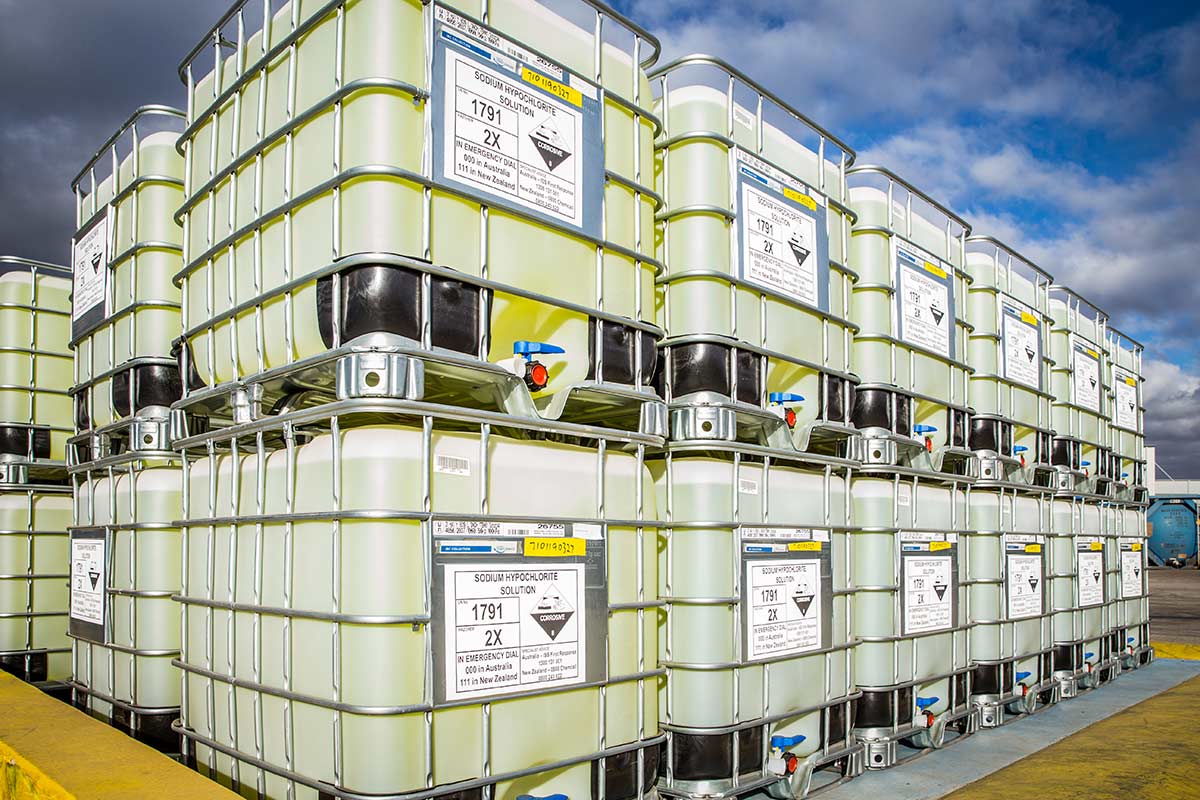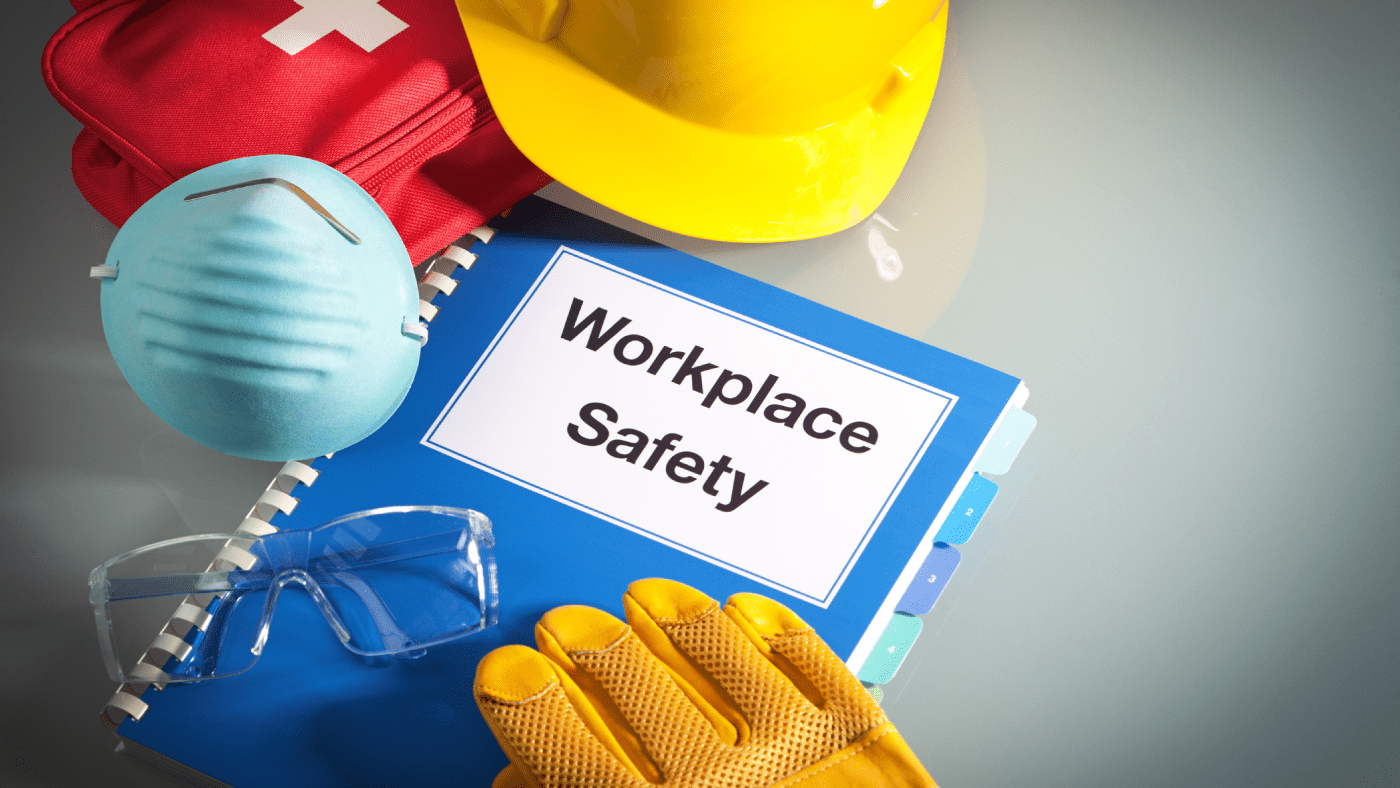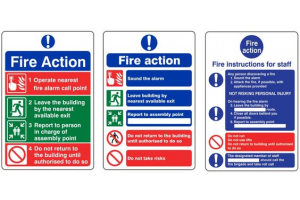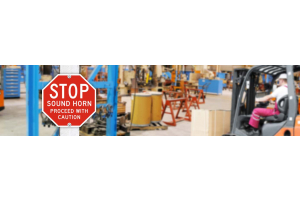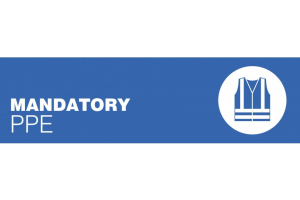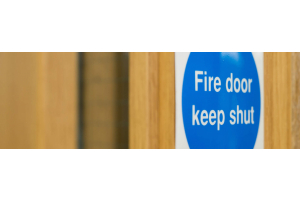Try not to go walking or track via the spill area, make use of a scoop and then whisk broom to thoroughly clean chemical substance deposits from leak. Place in adequately labelled carrier or alternatively bucket for disposal, cleanse leak areas in detail with a Surface Cleaner, after that wipe dry.
We use cookies to make your experience better. To comply with the new e-Privacy directive, we need to ask for your consent to set the cookies. Learn more.
